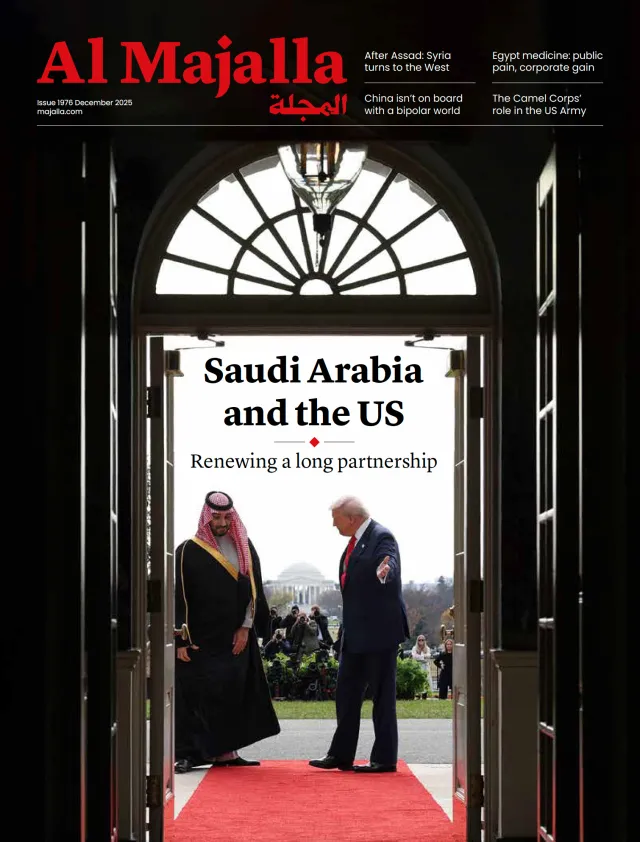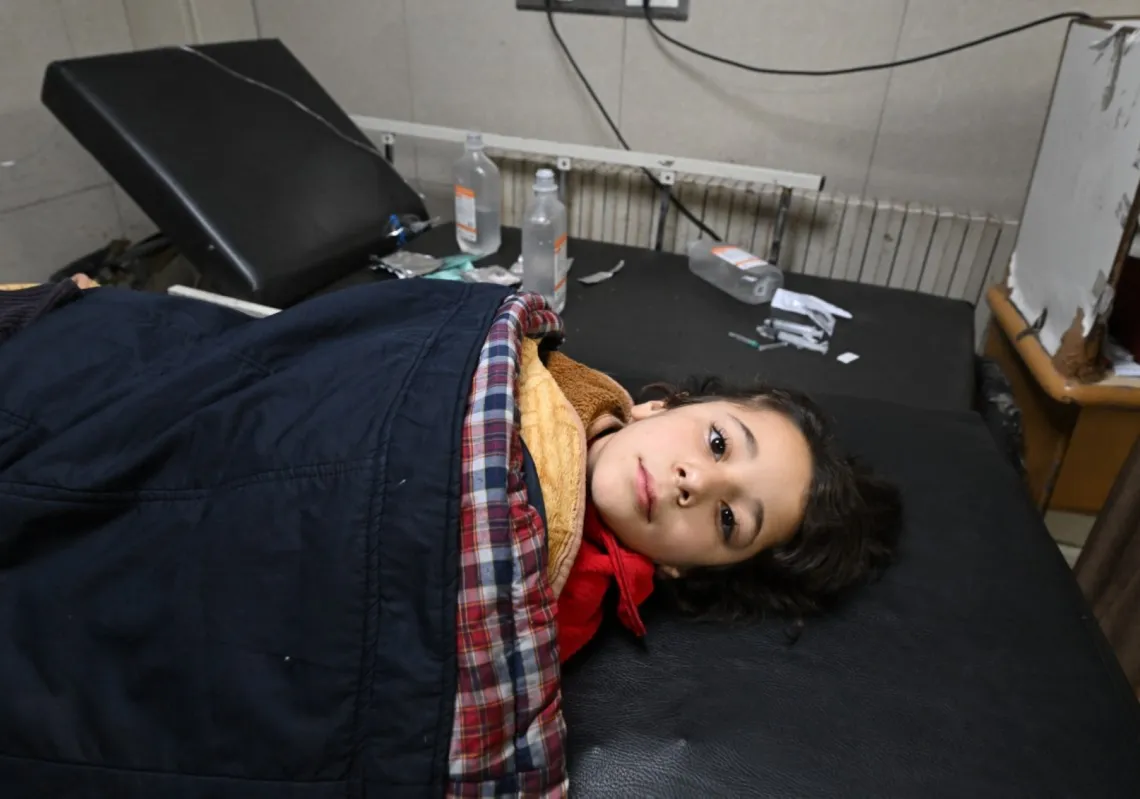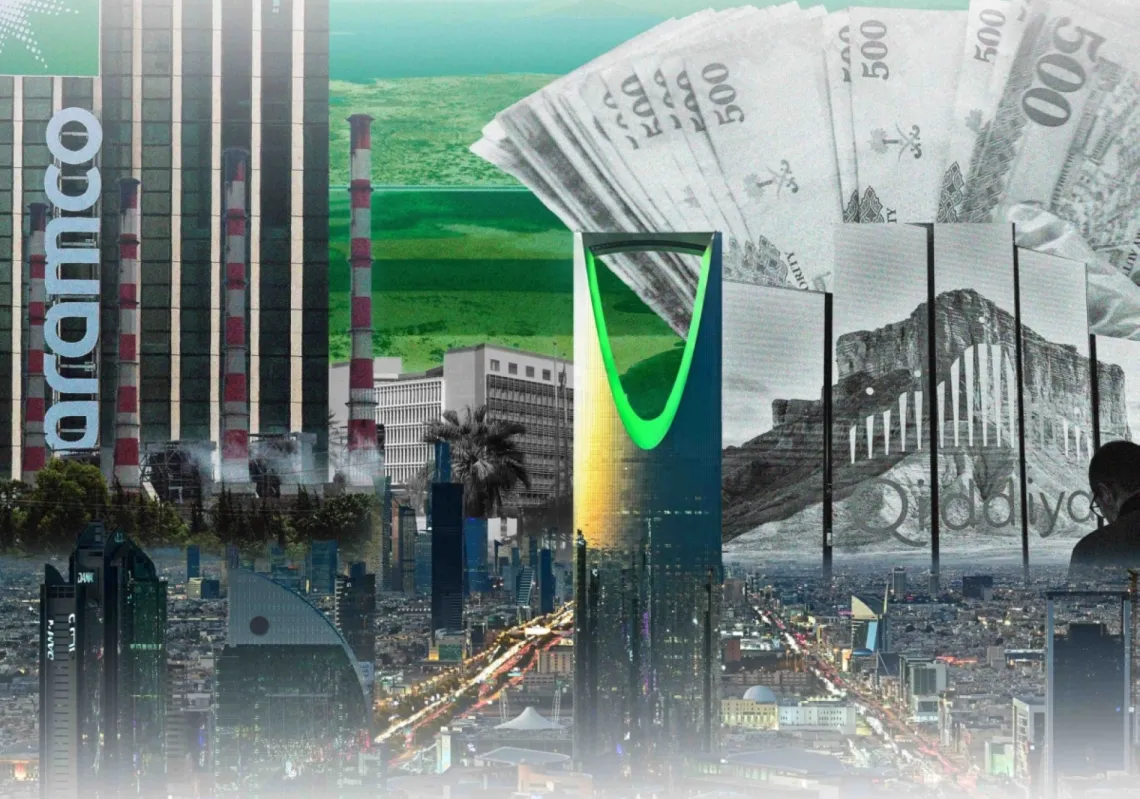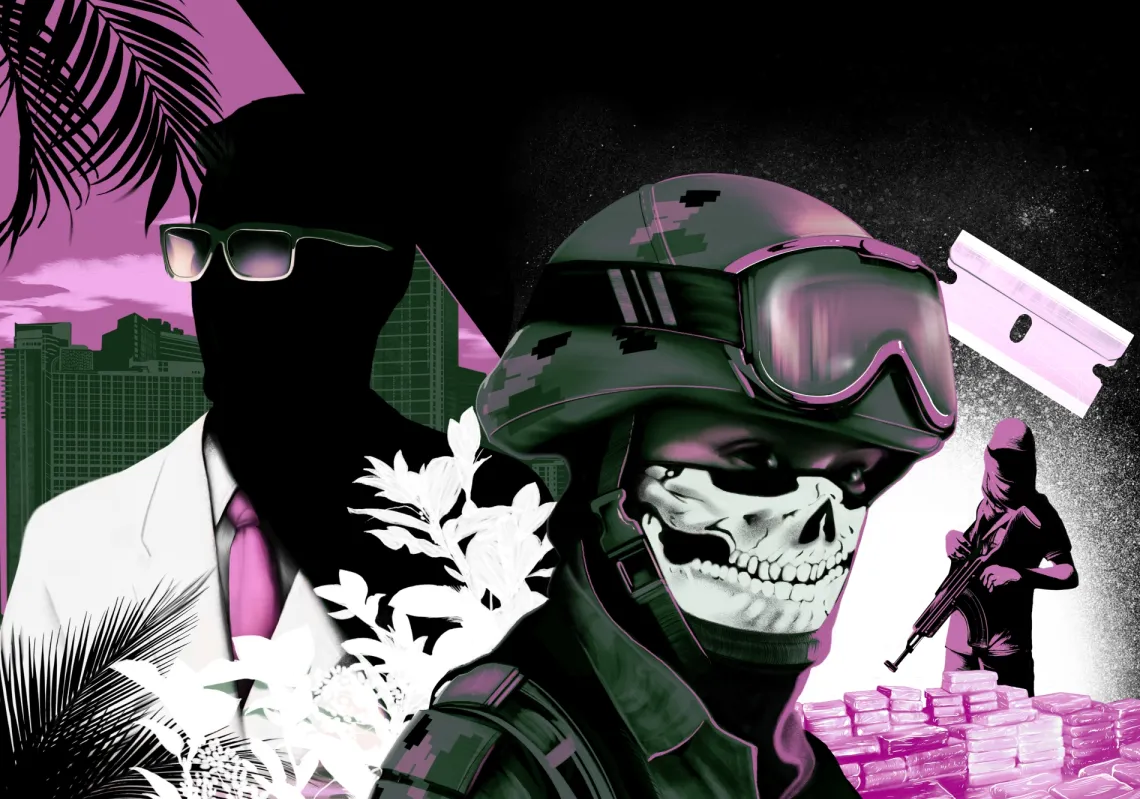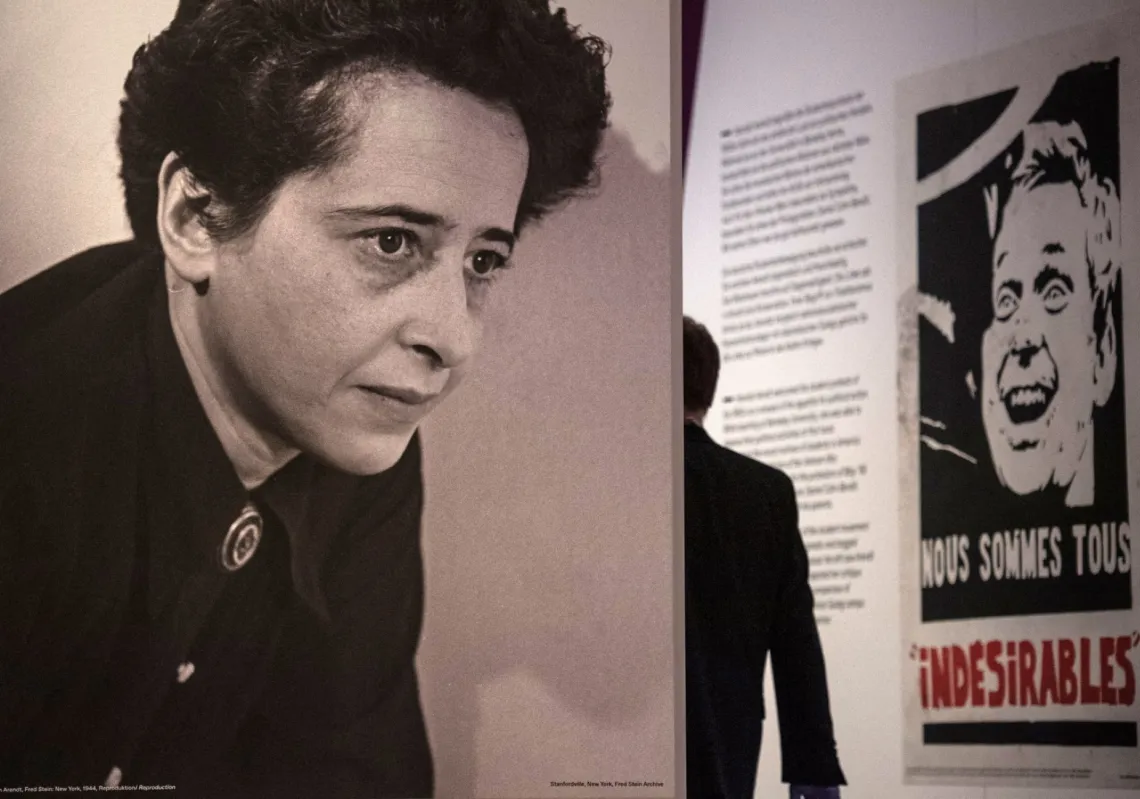Nearly three months after the fall of Bashar al-Assad’s regime, Ahmed al-Sharaa, the leader of Hay'at Tahrir al-Sham (HTS), now Syria's interim president, announced the formation of the country's first transitional government.
In the lead-up to the cabinet announcement, he appointed Sheikh Osama al-Rifai as Syria’s Grand Mufti—symbolically restoring the post to the Damascus religious establishment, which the Assad regime had abolished. Al-Rifai is known for being a moderate religious figure and has also openly criticised HTS. Al-Sharaa also established the Supreme Iftaa Council, comprising clerics from Damascus, including some who had previously served under the former government.
In a notable gesture of religious outreach, al-Sharaa also received a delegation of Shiite clerics just two days prior to the cabinet’s announcement—even though he firmly opposes Iranian or Hezbollah presence in Syria.
As Syria takes this important step forward, the journey ahead remains fraught with obstacles but also hope. Below are eight things you should know about the new cabinet.
1. The transition period is five years
According to the Constitutional Declaration (Article 52), the transitional period will span five years, during which al-Sharaa will serve as head of government, president, and secretary-general, as stipulated in Article 31. He also holds the authority to appoint “one or more vice presidents".
2. The cabinet is diverse
The cabinet comprises 22 ministers cut from Syria’s diverse ethnic and religious cloth—Arab and Kurdish, Muslim and Christian, Sunni, Alawite, and Druze, who hail from various Syrian provinces. It also includes figures from the diaspora or those in exile after living in the Gulf, Europe, and North America.

